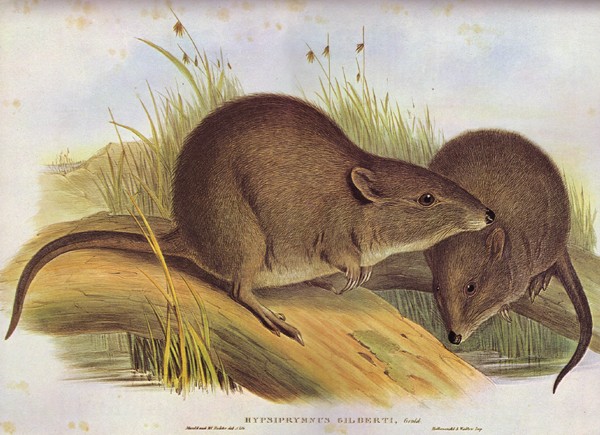Facts About Gilbert's potoroo
Gilbert's potoroo, also known as ngilkat, holds the unfortunate distinction of being Australia's most endangered marsupial and ranks among the world's rarest critically endangered mammals. This small, nocturnal creature is notable for its long hind feet, front feet equipped with curved claws ideal for digging, and a long, thin snout. Astonishingly, the species was believed to be extinct until its rediscovery in 1994. Presently, only about seventy individuals remain, primarily residing in the Two Peoples Bay Nature Reserve in Western Australia.
The quest to understand Gilbert's potoroo began in the 19th century, with naturalist John Gould playing a pivotal role in its description and classification. These marsupials have a specialized diet, feeding chiefly on fungi—a behavior known as mycophagy. In terms of reproduction, Gilbert's potoroo exhibits some intriguing adaptations. Females can delay the development of an embryo through a process called embryonic diapause, allowing them to carry a second embryo while the first continues to develop.
To protect this critically endangered species, various conservation efforts have been implemented. These initiatives include captive breeding programs and relocating individuals to predator-free habitats such as Bald Island and Michaelmas Island. Nonetheless, the species still faces significant threats, including diseases like balanoposthitis and cryptococcosis, which can severely impact their survival.
The rediscovery of Gilbert's potoroo in the late 20th century was a landmark event in conservation biology. It highlighted the species' resilience and underscored the urgent need for conservation actions to prevent its extinction. The historical significance of Gilbert's potoroo, as one of the first species observed to be disappearing after British colonization, underscores the importance of ongoing efforts to protect this unique marsupial.
